Today, whilst sat in deep meditative absorption, it is often the case that an intense sense of ‘pressure’ begins to be felt in the centre of the forehead (between the eyes). This pressure starts off slowly and builds in intensity so that a great physical pleasure and bliss is experienced. With practice, this feeling can manifest very quickly, often as soon as the eyes are closed and the meditation begins. It feels to me as if a matrix of small (but interconnected) muscles (laying across the flat-bone of the forehead) begin to gently ‘contract’ and resonate in a process that is something akin to sexual pleasure. As far as I am aware, this is a purely ‘physical’ response to the meditative process and although not easy to experience, is certainly not ‘mysterious’ in origin or manifestation.
What is its purpose? The experience of what is referred to as the ‘opening of the third eye’ seems to be designed to focus (and alter) the conscious patterning of the mind. Before these muscle contract in this manner, the surface (and deep mind) must have been previously ‘calmed’ and ‘stilled’ for quite some time, before this reaction can be triggered. The pleasurable feeling is intense when fully realised. Although similar to a continuous sexual orgasm experienced across the forehead, there is also a similarity with the effects of a very strong drug which produces a similar effect in the body. Unlike a drug, however, (or sexual experience), the ‘third eye’ can persist for hours producing continuous waves of physical bliss that only comes to an end when formal meditation ceases, and there are absolutely no side-effects as there is with medical stimulants.
These intense waves of physical pleasure (emanating from the centre of the forehead) focus the pure psychic energy and elevates the frequency of the mind patterning so that spiritual ‘light’ appears to flood the head, permeates the interior of the body, and then flows out into the environment. It is as if the muscular contraction of the forehead is a natural process that transforms the manner in which the mind functions and relates to the rest of the body and the environment.
I suspect the experience of the ‘third eye’ is a natural process of human evolution designed as a method that initiates personal healing and serves as a natural pain-killer (similar to teachings found within the Daoist traditions). As regards the broader subject of religious interpretation, the process of the contraction of the muscles across the forehead is often ‘mystified’ and associated with divine intervention and external spiritual stimulation. In this model, the opening of the ‘third eye’ is viewed as a non-physical event entirely dependent upon theistic entities and the suspension of physical laws, etc. I certainly have no problem with these interpretations – but such ideas do not tally with my personal experiences. Always think for yourself and find your own way.
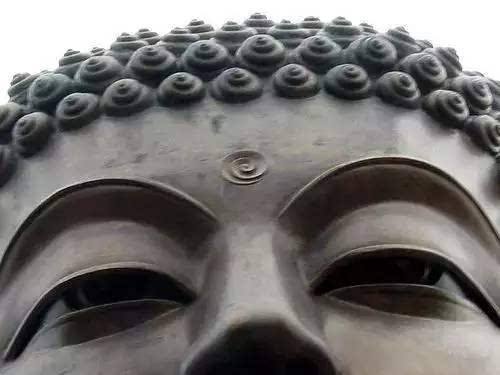
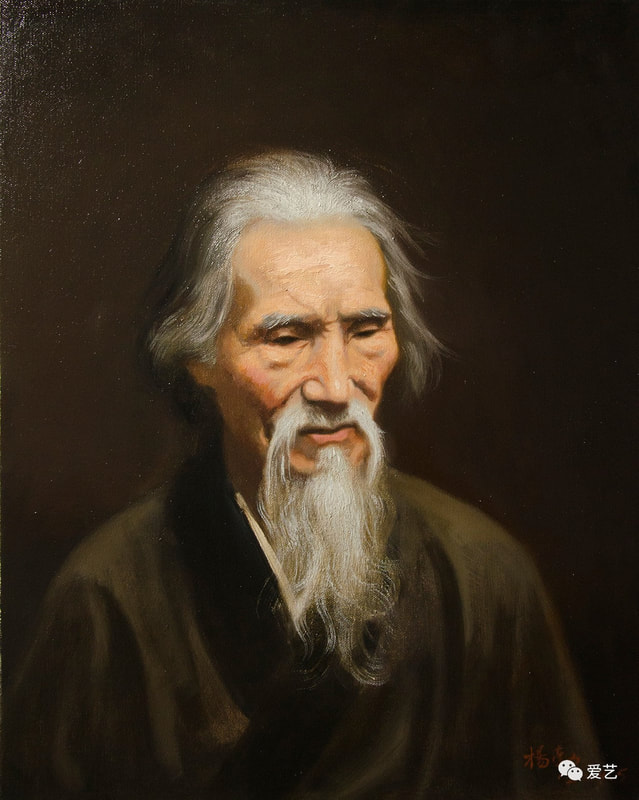
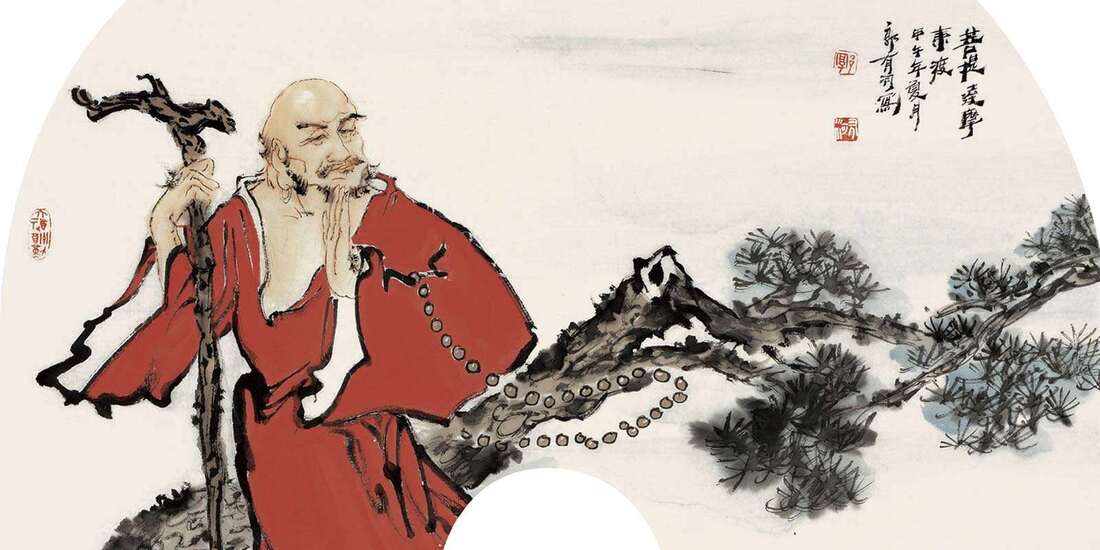
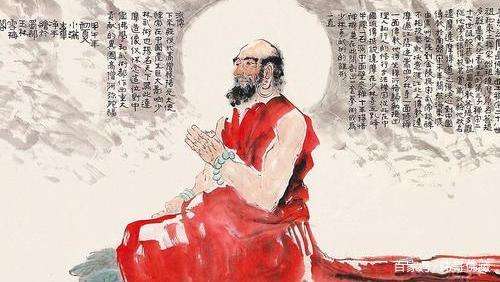
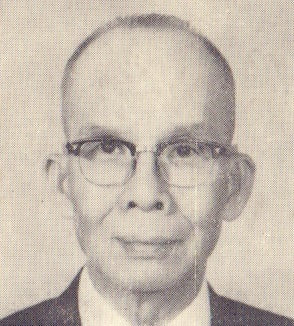

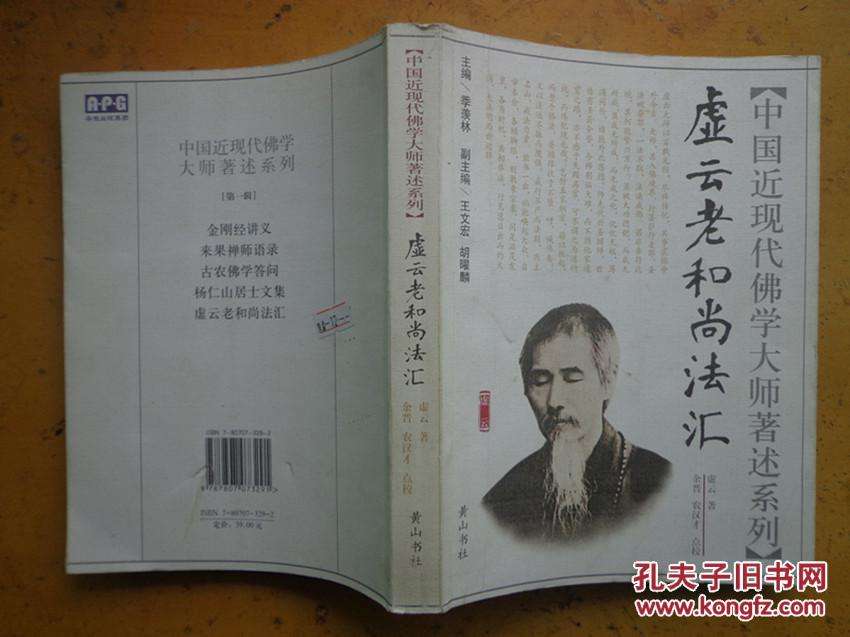
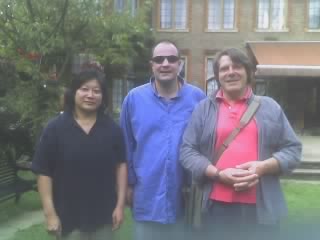
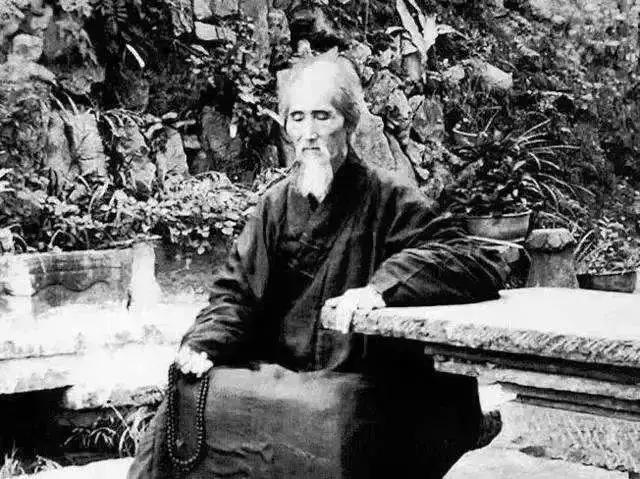
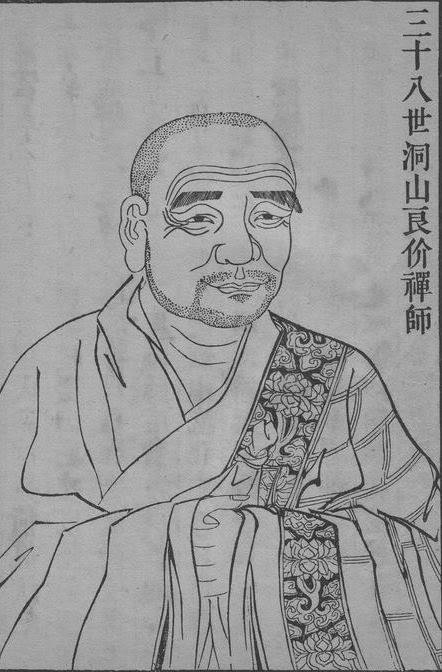
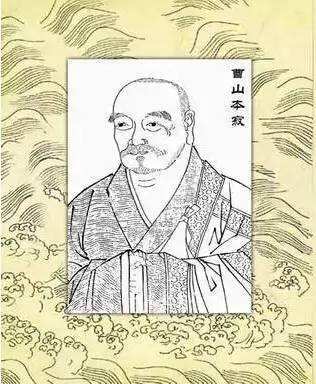
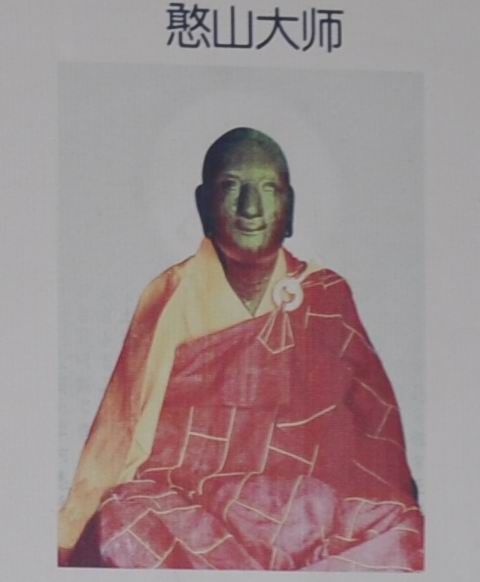
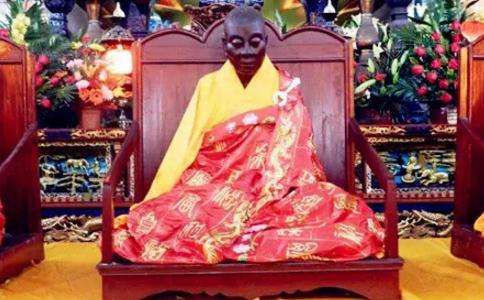
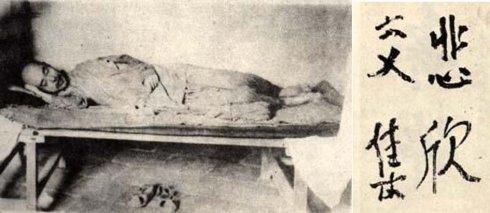
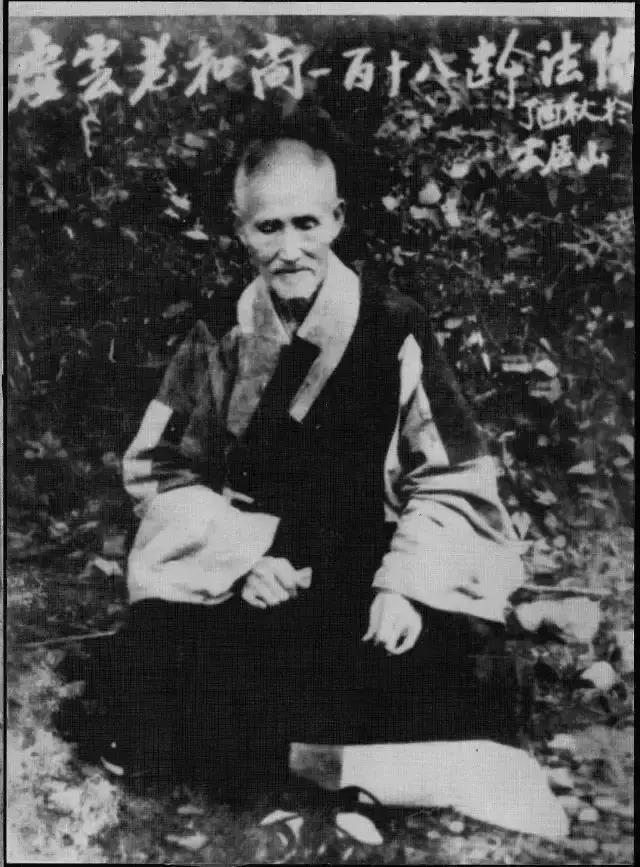
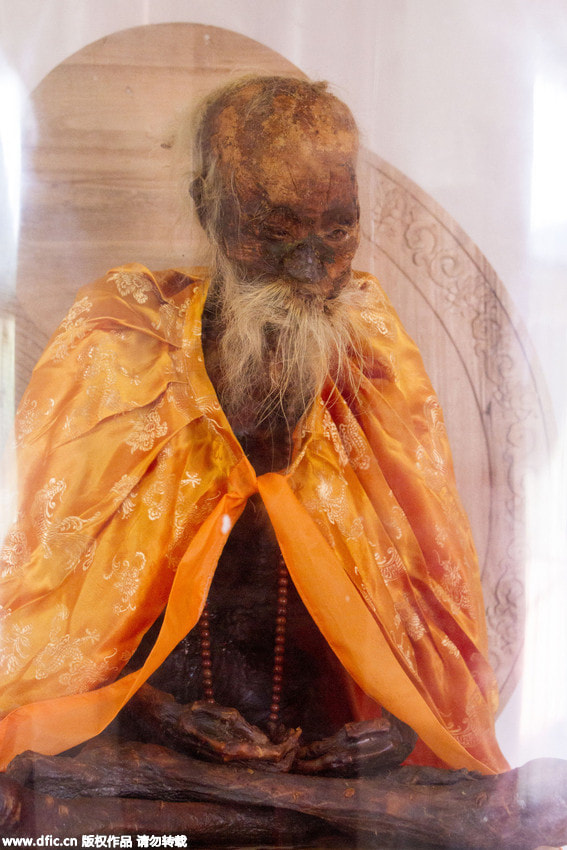
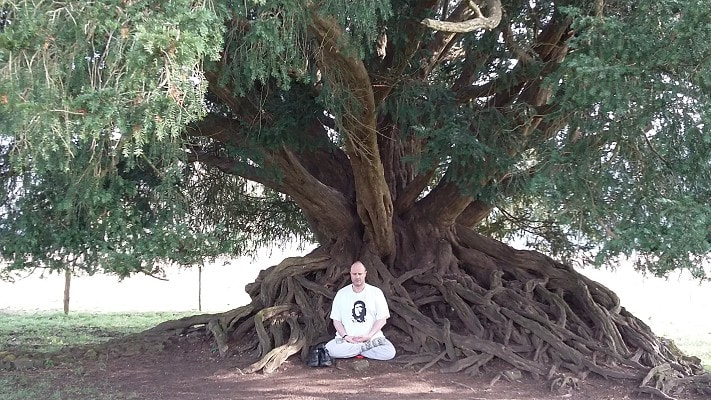
 RSS Feed
RSS Feed